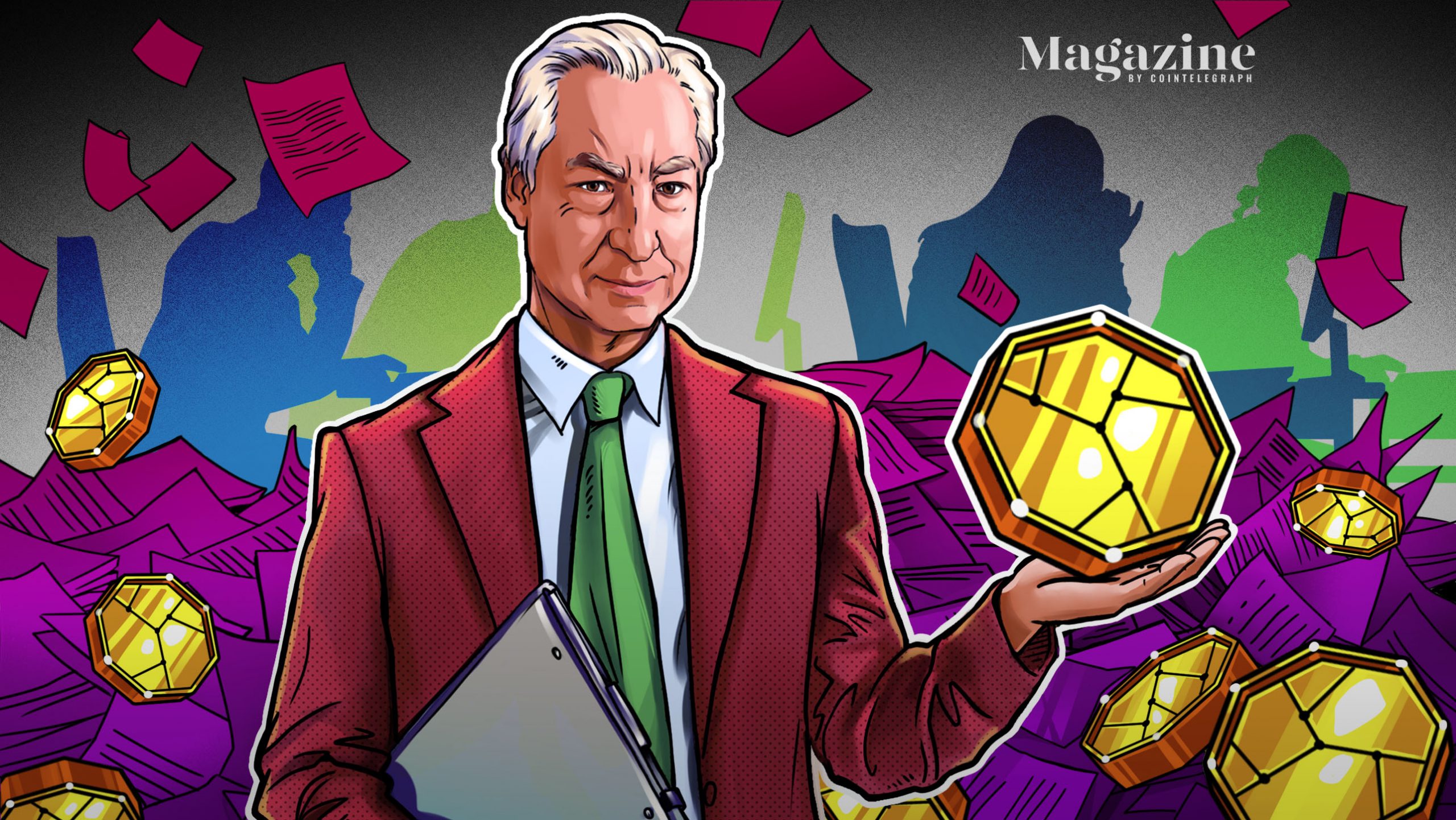Stablecoins provide a false sense of security. They give the impression to the uninitiated and/or uncaring that a particular coin is pegged to the U.S
Stablecoins provide a false sense of security. They give the impression to the uninitiated and/or uncaring that a particular coin is pegged to the U.S. dollar, or an equivalent of the dollar in terms of value and stability, and that if you want to convert your stablecoin to dollars, you can do so easily and instantaneously. Yet, they do no such thing, as demonstrated by the recent collapse of Terra and its TerraUSD stablecoin and LUNA token and also made clear in September 2008 by the collapse of the Reserve Primary Fund money market fund during the height of the global financial crisis.
Powers On… is a monthly opinion column from Marc Powers, who spent much of his 40-year legal career working with complex securities-related cases in the United States after a stint with the SEC. He is now an adjunct professor at Florida International University College of Law, where he teaches a course on “Blockchain & the Law.”
So, I now unequivocally state what is obvious: If you are an owner of or investor in any cryptocurrencies, you need to understand this lack of protection and safeguard the portion of your wealth held in digital assets. You can protect these assets by keeping them in cold digital wallets, on exchanges registered with the United States Securities and Exchange Commission, or with another entity regulated by the SEC, CFTC or Treasury. Even entities and exchanges with BitLicenses, such as Coinbase and Gemini, may not provide sufficient protection.

As I write this column, UST has a value of about $0.07. One month ago, it was one of the top 10 cryptocurrencies by market cap and maintained a steady value of $1. It was perceived as a reliable, “safe” cryptocurrency for trading activities, where transaction risks were eliminated and liquidity was provided to the trading parties, both for trading occurring on centralized exchanges and decentralized platforms. Not anymore.

Although some may disagree, cryptocurrencies are speculative in both value and utility. Their prices are volatile, and they are best understood when considered a nascent alternative economic, capital markets and financial system — backed by a new technology that is still being developed and tested in innumerable ways. Crypto is tested by criminals wanting to hack vulnerable blockchains for illegal gains, studied by governments seeking to regulate or ban its use, and continually worked on by developers seeking to improve its public-source codes. Hence, it falls within the class of “alternative assets.”
Those involved with investment management and analysis have been led to believe that stablecoins are a viable solution to avoiding the risks associated with cryptocurrencies — no differently than the SEC-registered Reserve Primary Fund touted its money market fund, with over $60 billion in assets at its peak, as a safe haven to park money and earn interest. The Reserve Primary Fund, and most of the other money market funds in the early 2000s, promoted themselves as an alternative to keeping cash in bank deposit accounts and a way to earn better interest rates than banks were providing. Its share price was supposed to always maintain a $1 net asset value (the measure by which mutual funds are publicly traded) because it was supposedly backed one-to-one in U.S. bonds, which are guaranteed by the full faith and credit of the U.S. Treasury. Yet amid the financial crisis, on Sept. 16, 2008 — the day after the venerable investment firm Lehman Brothers filed for bankruptcy — the Reserve Primary Fund “broke the buck.” Its NAV fell to as low as $0.97 from its $1 peg.
Why? Well, for reasons parallel to the UST collapse. As it turns out, a portion of the Reserve Primary Fund was not invested in U.S.-backed bonds and treasuries but instead in commercial paper issued by corporations, not the government. This was done to boost the money market’s return — to offer a higher competitive interest rate to investors willing to park their money in the fund rather than a traditional bank. However, this approach had two fundamental problems, as Reserve Primary Fund investors would learn. At that point in time, money market funds were neither insured and protected by the Federal Deposit Insurance Corporation like bank accounts nor covered for losses by the Securities Investor Protection Corporation like stocks held in brokerage accounts.
Second, as previously noted, over half the fund’s portfolio was invested in commercial paper rather than U.S.-backed securities. When Lehman Brothers filed for bankruptcy, investors became concerned that money market mutual funds held Lehman Brothers’ commercial paper. So, the next day, a run on those funds began. And although the Reserve Primary Fund reportedly held less than 1.5% in Lehman Brothers paper, the NAV fell below $1. Ultimately, the fund was closed and liquidated, but not before the U.S. government stepped in with two forms of legislation: the Temporary Liquidity…
cointelegraph.com
